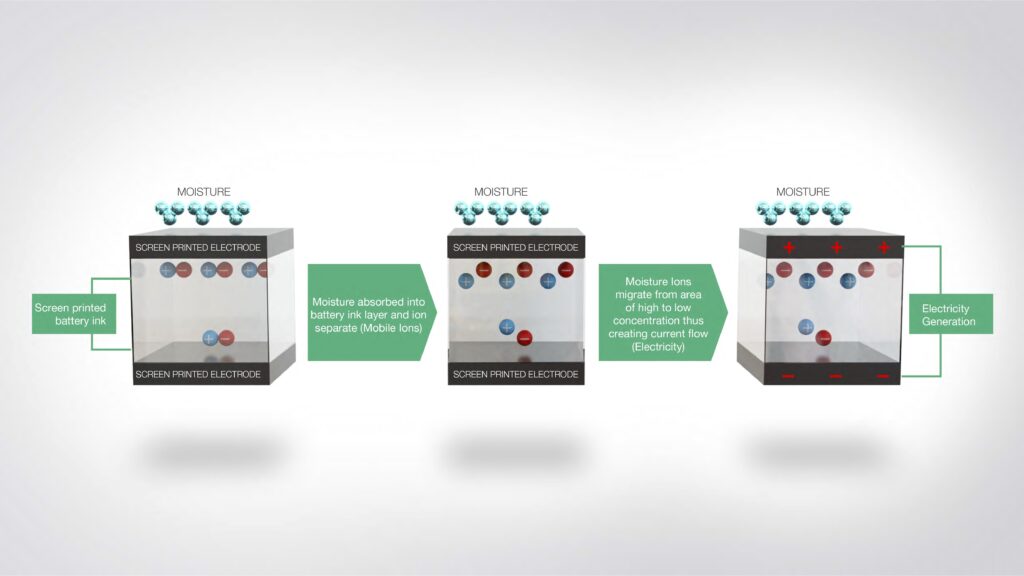Strategic Elements’ Energy Ink has just proved it can generate stable voltages critical for CGM skin patches
Tech
Tech
Strategic Elements’ Energy Ink battery has conclusively proven its ability to generate electricity from moisture in the air, but its latest achievement – demonstrating ultra-stable output voltage – is potentially the most critical.
Here’s why.
Stable output voltages are critical to power the sensitive electronic circuits contained in many electronic devices as it enables them to perform more reliably and without error.
That Strategic Elements (ASX:SOR) has been able to achieve this goal so early in the development of a new battery technology is unusual but clearly highlights its remarkable potential.
This is especially true when combined with testing showing a further 225% increase in power output, bringing it up to twice the amount of energy consumed by a leading continuous glucose monitoring (CGM) skin patch over seven days.
Being able to power CGM patches could radically improve safety by reducing or eliminating the need for button/coin cell batteries, which present a threat to child safety due to their small size, and potentially make them more inconspicuous.
Removing the need to replace the batteries every 10-14 days could also help keep costs low and make them far more friendly to the environment by drastically reducing the number of discarded batteries.

Strategic Elements’ ability to generate highly stable output voltage from Energy Ink was achieved by innovative work at UNSW laboratories in printed electrode design, nanoengineering and integration of various functional materials.
Additionally, Perth Engineering Lab developed a new power management module using off-the-shelf integrated circuits to further modulate and control the output voltage whilst emulating the load of a leading CGM skin patch.
This allowed the Energy Ink cell to generate a stable 1.8V output with a maximum variation during the test of +/-10mV or within a tolerance of +/-0.5%.
The company noted that this is considered to be a very tight operating range under full load for power supply to digital electronic circuits and also well under the 150mV input voltage tolerance range for the circuitry used in a leading skin patch as well as the stated tolerance requirement for computer motherboard power supplies of between +/-5% and +/-10%.
Energy Ink – printed graphene-oxide-based cells that generate energy from airborne water molecules – are still in early development, and the fundamental upper limit of aspects such as maximum power output, duration and energy density remains unknown.
While traditional batteries are constrained into set shapes and form factors, the printed nature of Energy Ink provides new creative freedom in design.
As such, the next phase of work in the Electronic Skin Patch segment is to optimise the ink and printing capability of the cell structure and successfully print batteries into alternative shapes and patterns.
The company’s team will also fabricate smaller cell sizes and integrate them with a more customised power management module to test the lower limit in cell size for Electronic Skin Patches.
Results for this work are expected in the second quarter of 2023.
Meanwhile, the ongoing development success has opened potential R&D pathways for larger-scale Energy Ink systems.
Strategic Elements has been actively investigating the potential to conduct larger-scale systems through Energy Ink packs with multiple cells or significantly larger cell sizes. Further information will be released in Q1, 2023.
This article was developed in collaboration with Strategic Elements, a Stockhead advertiser at the time of publishing.
This article does not constitute financial product advice. You should consider obtaining independent advice before making any financial decisions.